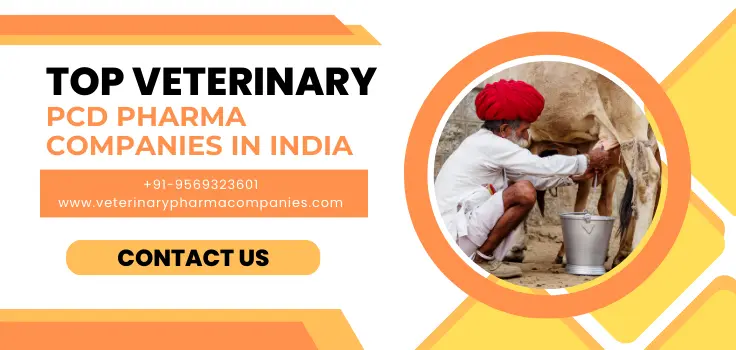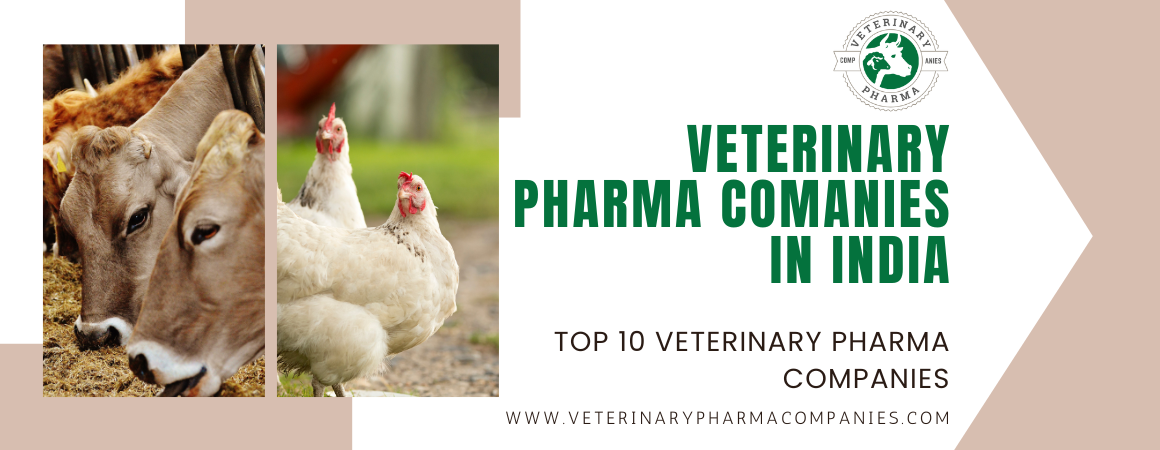- Veterinary PCD Pharma Companies in India
- veterinarypharmacompanies@gmail.com
Veterinary PCD in Punjab

Veterinary PCD in Himachal Pradesh
January 5, 2024
Veterinary PCD in Haryana
January 17, 2024- animal healthcare
- List of Top 10 Veterinary PCD Companies in India
- Punjab livestock
- Top 10 Veterinary PCD Companies in India
- Vet Product Manufacturing
- veterinary clinics
- Veterinary medicine Companies
- Veterinary medicine Franchise
- Veterinary PCD Company
- Veterinary PCD Franchise
- Veterinary PCD Franchise Business
- Veterinary PCD Pharma Company
- Veterinary PCD Pharma franchise
- Veterinary Product Manufacturer
- veterinary services
- veterinary third party manufacturing
Table of Contents
ToggleVeterinary PCD in Punjab
Veterinary Public-Private Partnership: A Game-Changer for Veterinary PCD in Punjab
TLDR:
– Veterinary Public-Private Partnership (PPP) is a collaborative approach that combines the resources and expertise of the government and private sector to improve animal healthcare services.
– Punjab can benefit from implementing PPP models in the veterinary sector, leading to enhanced access to veterinary services, better infrastructure, and improved animal health outcomes.
– Successful PPP initiatives in other regions have demonstrated the potential for improved efficiency, increased investment, and better service delivery in the Veterinary PCD in Punjab.
Introduction
Animal healthcare is a crucial aspect of maintaining the well-being and productivity of livestock in Punjab. However, the veterinary healthcare system in the region faces various challenges, including limited resources, inadequate infrastructure, and a shortage of skilled professionals. To address these issues and improve animal health outcomes, the concept of Public-Private Partnership (PPP) in Veterinary PCD in Punjab has gained prominence.
In a PPP model, the government collaborates with private entities, such as veterinary clinics or pharmaceutical companies, to provide improved veterinary services. This partnership combines the strengths of both sectors, leveraging the government’s regulatory power and the private sector’s efficiency and innovation. By implementing PPP models in the veterinary sector, Punjab has the potential to significantly enhance animal healthcare services, benefiting both livestock owners and the overall economy.

Veterinary PCD in Punjab
The Need for Veterinary Public-Private Partnership in Punjab
Punjab is known for its thriving livestock industry, with a significant contribution to the agricultural sector and the state’s economy. However, the veterinary healthcare system in Punjab faces several challenges, including limited access to veterinary services, insufficient infrastructure, and a shortage of skilled veterinarians. These challenges hinder the effective prevention and treatment of animal diseases, resulting in economic losses for livestock owners and compromised animal welfare.
Implementing PPP models in the Veterinary PCD in Punjab sector can address these challenges and bring about positive changes. By partnering with private veterinary clinics and pharmaceutical companies, the government can leverage their expertise, resources, and innovative approaches to improve animal healthcare services. This collaboration can lead to the establishment of well-equipped veterinary clinics, improved availability of veterinary medicines and vaccines, and enhanced training and capacity-building programs for veterinarians.

Top Veterinary PCD Pharma Companies in India
Successful Models of Veterinary Public-Private Partnership
Several regions around the world have successfully implemented PPP initiatives in the veterinary sector, resulting in improved animal health outcomes and better service delivery. These success stories provide valuable insights and lessons for Punjab to consider when developing its own PPP models.
One successful example is the PPP model implemented in the state of Maharashtra, India. The government partnered with private veterinary clinics and organizations to establish a network of veterinary hospitals and clinics across the state. This initiative significantly improved access to Veterinary PCD in Punjab services, especially in remote areas, and led to a reduction in livestock mortality rates.
Another successful PPP model can be seen in the United Kingdom, where the government collaborates with private pharmaceutical companies to develop and distribute veterinary medicines and vaccines. This partnership ensures the availability of high-quality and effective veterinary products, benefiting both veterinarians and livestock owners.
Conclusion
The implementation of Veterinary Veterinary PCD in Punjab has the potential to revolutionize the animal healthcare sector. By leveraging the resources and expertise of both the government and the private sector, Punjab can overcome the existing challenges in the veterinary healthcare system and provide improved access to Veterinary PCD in Punjab, better infrastructure, and enhanced animal health outcomes.
Successful PPP initiatives in other regions have demonstrated the positive impact of collaboration between the public and private sectors in the veterinary sector. Punjab can learn from these success stories and tailor its own PPP models to suit the specific needs and challenges of the region.
By embracing Veterinary PPP, Punjab can pave the way for a more efficient, effective, and sustainable veterinary healthcare system, benefiting both livestock owners and the overall economy.

Veterinary Pharma Companies in India
FAQs:
- What is Veterinary Public-Private Partnership (PPP)?
– Veterinary Public-Private Partnership (PPP) is a collaborative approach in which the government partners with private entities, such as veterinary clinics or pharmaceutical companies, to improve animal healthcare services.
- How can Veterinary PPP benefit Punjab’s veterinary sector?
– Veterinary PPP can lead to improved access to veterinary services, better infrastructure, increased investment, and enhanced animal health outcomes in Punjab.
- Can you provide examples of successful Veterinary PPP models?
– One example is the PPP model implemented in Maharashtra, India, which established a network of veterinary hospitals and clinics, improving access to veterinary services. Another example is the collaboration between the UK government and private pharmaceutical companies to develop and distribute veterinary medicines and vaccines.
- What are the challenges faced by the Veterinary PCD in Punjab?
– Veterinary PCD in Punjab system faces challenges such as limited access to veterinary services, inadequate infrastructure, and a shortage of skilled veterinarians.
- How can Punjab learn from successful Veterinary PPP initiatives in other regions?
– Punjab can learn from successful Veterinary PPP initiatives by studying their strategies, implementation processes, and outcomes. This knowledge can help Punjab develop tailored PPP models to address the specific challenges and needs of the region.
